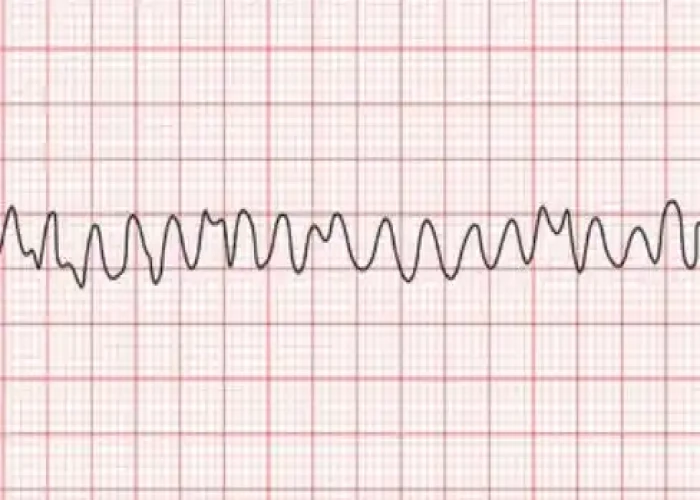 Welcome
Welcome
“May all be happy, may all be healed, may all be at peace and may no one ever suffer."
Ventricular fibrillation
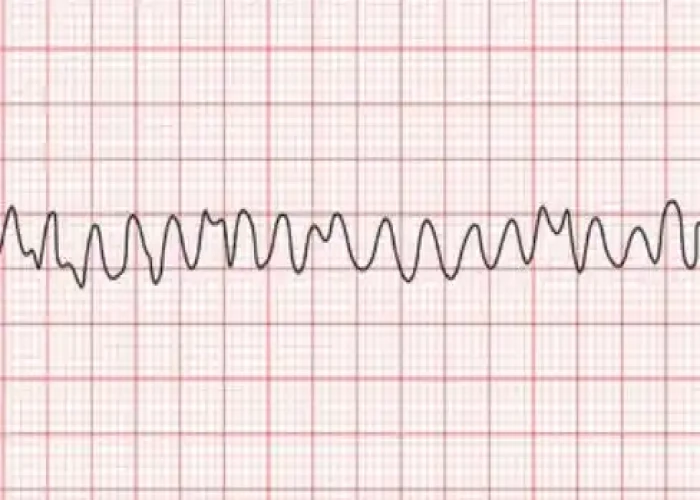
Ventricular fibrillation (VF) is a type of irregular heartbeat (arrhythmia) that can be life-threatening. In VF, the heart's ventricles, which are the lower chambers of the heart, quiver or twitch rapidly and erratically instead of contracting properly. This can prevent the heart from pumping blood effectively, leading to a loss of consciousness, and in severe cases, sudden cardiac arrest.
VF can be caused by a variety of factors, including heart disease, previous heart attack, electrolyte imbalances, drug overdose, and electric shock. In some cases, VF may occur without an apparent cause.
Symptoms of VF can include sudden loss of consciousness, difficulty breathing, chest pain or discomfort, and palpitations. If not treated promptly, VF can lead to brain damage, heart damage, or death.
Treatment for VF typically involves emergency medical care, including defibrillation, which delivers an electric shock to the heart to restore a normal heartbeat. Cardiopulmonary resuscitation (CPR) may also be necessary until emergency medical help arrives. Once the heart has been stabilized, treatment may include medications and lifestyle changes to reduce the risk of future episodes.
Prevention of VF involves addressing any underlying medical conditions that can lead to the condition, such as heart disease or electrolyte imbalances. It is also important to follow a healthy lifestyle, including regular exercise, a healthy diet, and avoidance of tobacco and excessive alcohol consumption.
Research Papers
Disease Signs and Symptoms
- Chest pain
- Rapid heartbeat (tachycardia)
- Dizziness (vertigo)
- Nausea or vomiting
- Shortness of breath (dyspnea)
Disease Causes
Ventricular fibrillation
To understand how ventricular fibrillation occurs, it may be helpful to know how the heart normally beats.
The normal heartbeat
Your heart is made up of four chambers — two upper chambers (atria) and two lower chambers (ventricles).
The heart's rhythm is normally controlled by a natural pacemaker (the sinus node) in the right upper chamber (atrium). The sinus node sends electrical signals that normally start each heartbeat. These electrical signals move across the atria, causing the heart muscles to squeeze (contract) and pump blood into the ventricles.
Next, the signals arrive at a cluster of cells called the AV node, where they slow down. This slight delay allows the ventricles to fill with blood. When the electrical signals reach the ventricles, the lower heart chambers contract and pump blood to the lungs or to the rest of the body.
In a healthy heart, this heart signaling process usually goes smoothly, resulting in a normal resting heart rate of 60 to 100 beats a minute.
The heart during ventricular fibrillation
Ventricular fibrillation is caused by either a problem in the heart's electrical properties or by a disruption of the normal blood supply to the heart muscle. Sometimes, the cause of ventricular fibrillation is unknown.
Disease Prevents
Disease Treatments
Ventricular fibrillation requires emergency medical treatment to prevent sudden cardiac death. The goal of emergency treatment is to restore blood flow as quickly as possible to prevent organ and brain damage.
Emergency treatment for ventricular fibrillation includes:
- Cardiopulmonary resuscitation (CPR). CPR mimics the pumping motion of the heart and keeps blood flowing through the body. First call 911 or your local emergency number. Then start CPR by pushing hard and fast on the person's chest — about 100 to 120 compressions a minute. Let the chest rise completely between compressions. Continue CPR until an automated external defibrillator (AED) is available or emergency personnel arrive.
- Defibrillation. This treatment is also called cardioversion. An automated external defibrillator (AED) delivers shocks through the chest wall to the heart. It can help restore a normal heart rhythm. As soon as an AED is available, apply it and follow the prompts. If you're not trained to use an AED, a 911 operator or another emergency medical operator may be able to give you instructions. Public-use AEDs are programmed to recognize ventricular fibrillation and send a shock only when needed.
Other treatments for ventricular fibrillation are given to prevent future episodes and reduce your risk of arrhythmia-related symptoms. Treatment for ventricular fibrillation includes medications, medical devices and surgery.
Medications
Drugs to control your heart rhythm (anti-arrhythmics) are used for emergency or long-term treatment of ventricular fibrillation. If you're at risk of ventricular fibrillation or sudden cardiac death, your doctor may prescribe medications to slow and control your heartbeat.
Surgery or other procedures
Surgery or medical procedures to treat ventricular fibrillation include:
- Implantable cardioverter-defibrillator (ICD). An ICD is an implanted device that constantly monitors your heart rhythm. If it detects a very fast heartbeat or a quivering heart, it sends out shocks to stop the episode and reset your heart's rhythm. The battery-powered device is implanted near your left collarbone during a minor surgery. One or more flexible, insulated wires (leads) from the ICD run through veins to your heart.
- Cardiac ablation. This procedure uses heat or cold energy to create tiny scars in your heart to block the abnormal electrical signals that cause ventricular fibrillation. It's most often done using thin, flexible tubes called catheters inserted through the veins or arteries. It may also be done during heart surgery.
- Coronary angioplasty and stent placement. If your ventricular fibrillation was caused by a heart attack, this procedure may reduce your risk of future episodes of ventricular fibrillation.
- Doctors insert a long, thin tube (catheter) through an artery, usually in the groin, to a blocked artery in your heart. A balloon on the tip of the catheter briefly inflates to widen the artery, restoring blood flow to the heart. During the procedure, the doctor may place a metal mesh stent into the artery to help it stay open.
- Coronary bypass surgery. This open-heart surgery improves blood flow to the heart. It may be done if your ventricular fibrillation was caused by coronary artery disease. During bypass surgery, the surgeon takes a healthy blood vessel from your leg, arm or chest and connects it below and above the blocked arteries in your heart. This creates a new pathway for blood to flow through.
Disease Diagnoses
Disease Allopathic Generics
Disease Ayurvedic Generics
Disease Homeopathic Generics
Disease yoga
Ventricular fibrillation and Learn More about Diseases

Anorexia nervosa
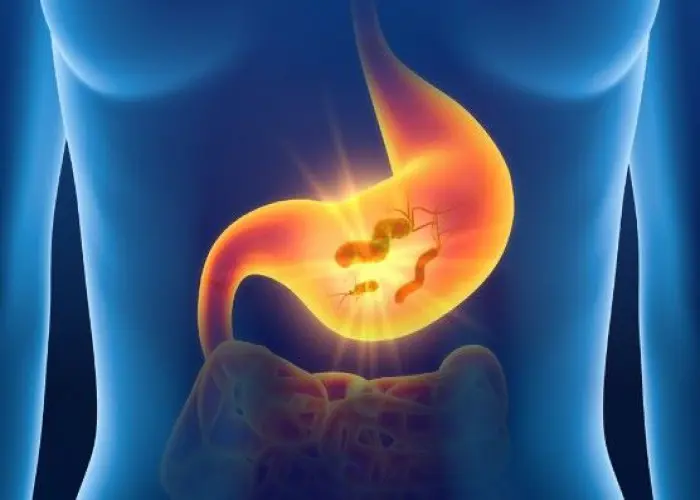
Gastritis
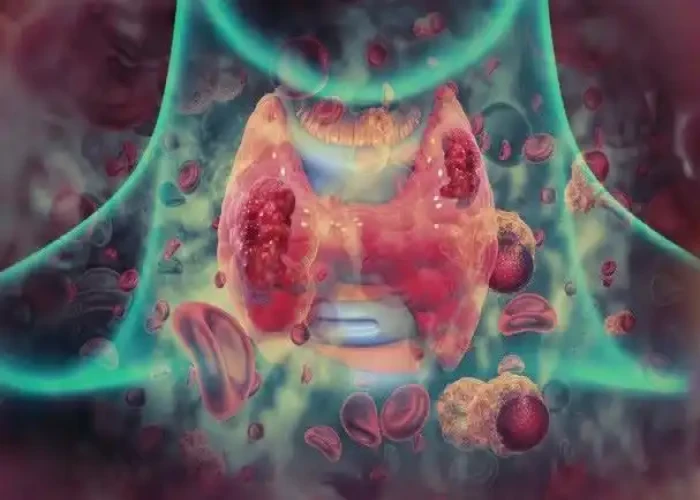
Thread Worm
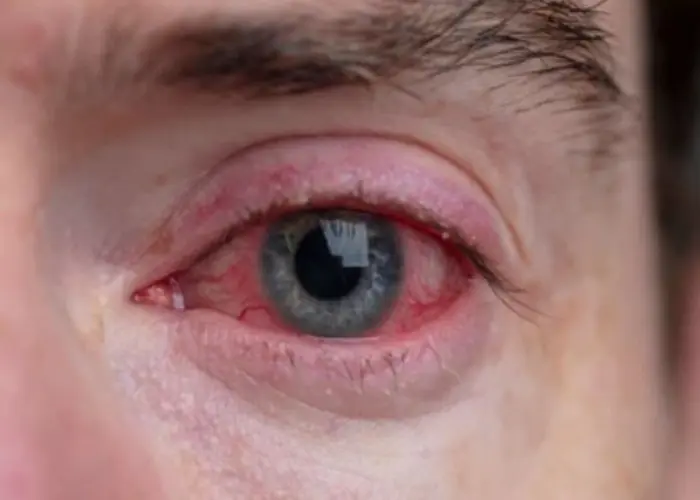
Blepharitis
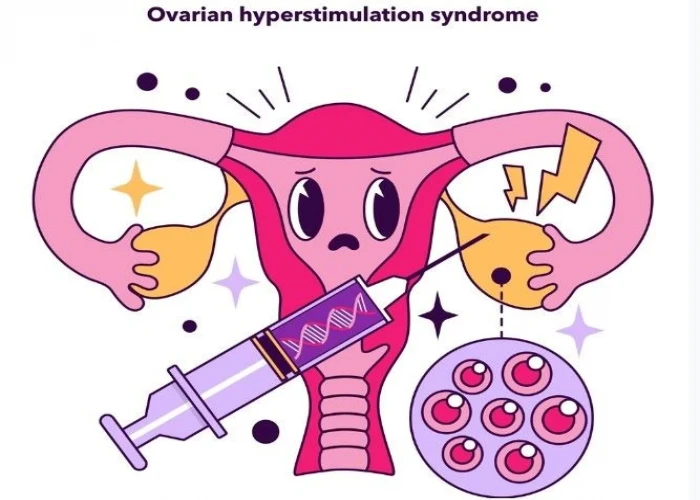
Ovarian hyperstimulation syndrome
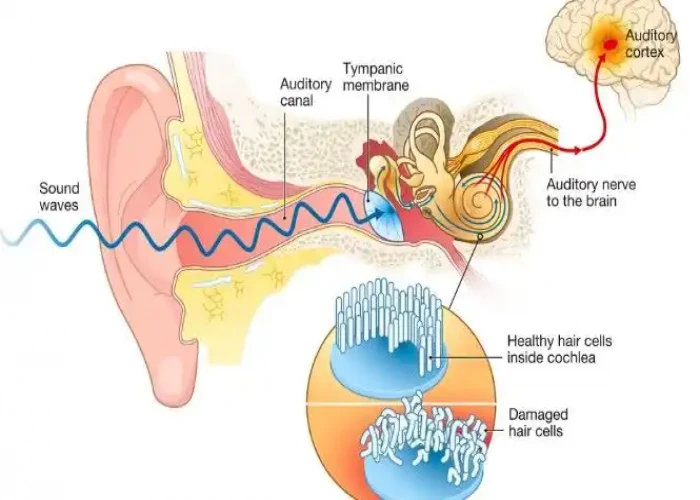
Tinnitus

Seasonal affective disorder (SAD)

Bronchiectasis
ventricular fibrillation, ভেন্ট্রিকুলার ফাইব্রিলেশন
To be happy, beautiful, healthy, wealthy, hale and long-lived stay with DM3S.
